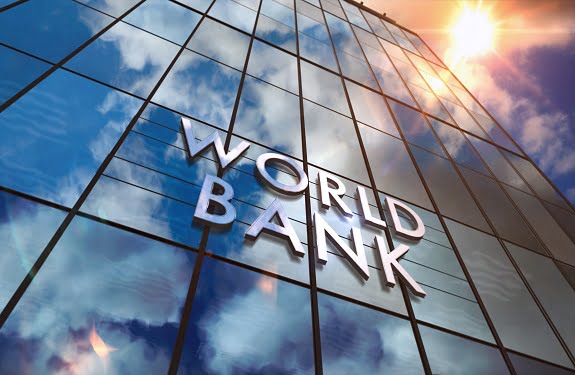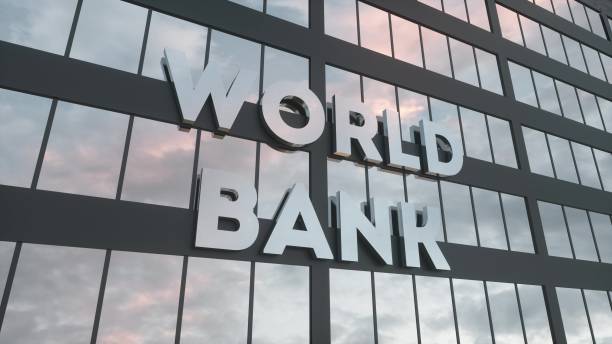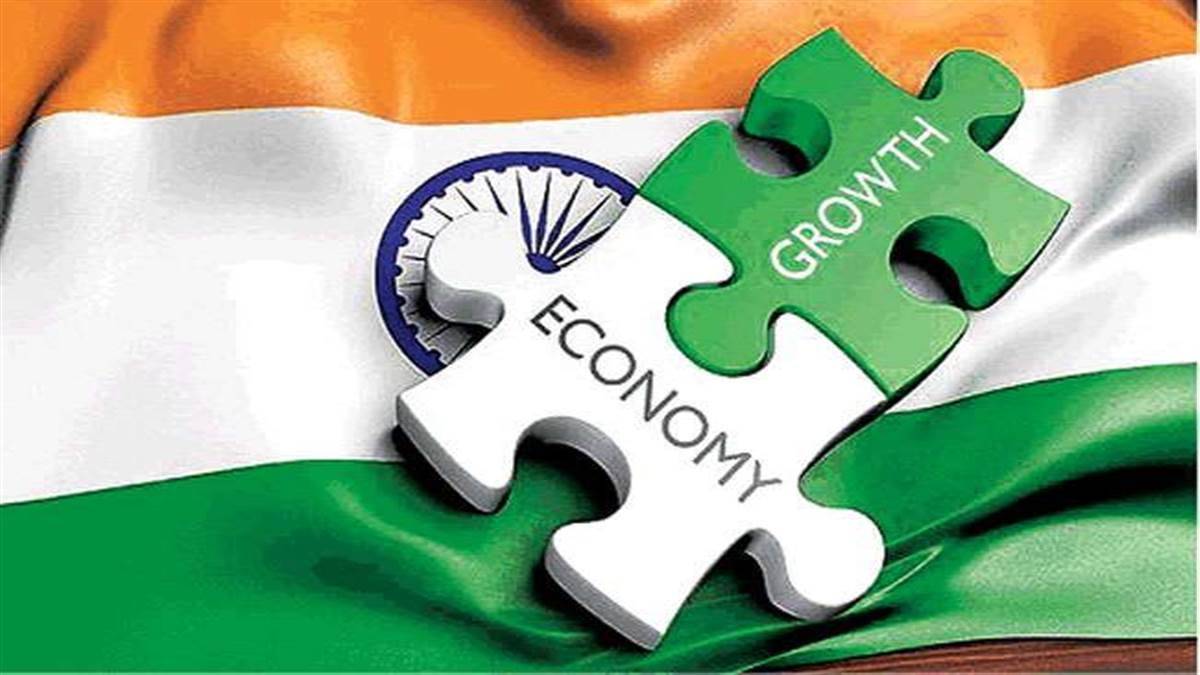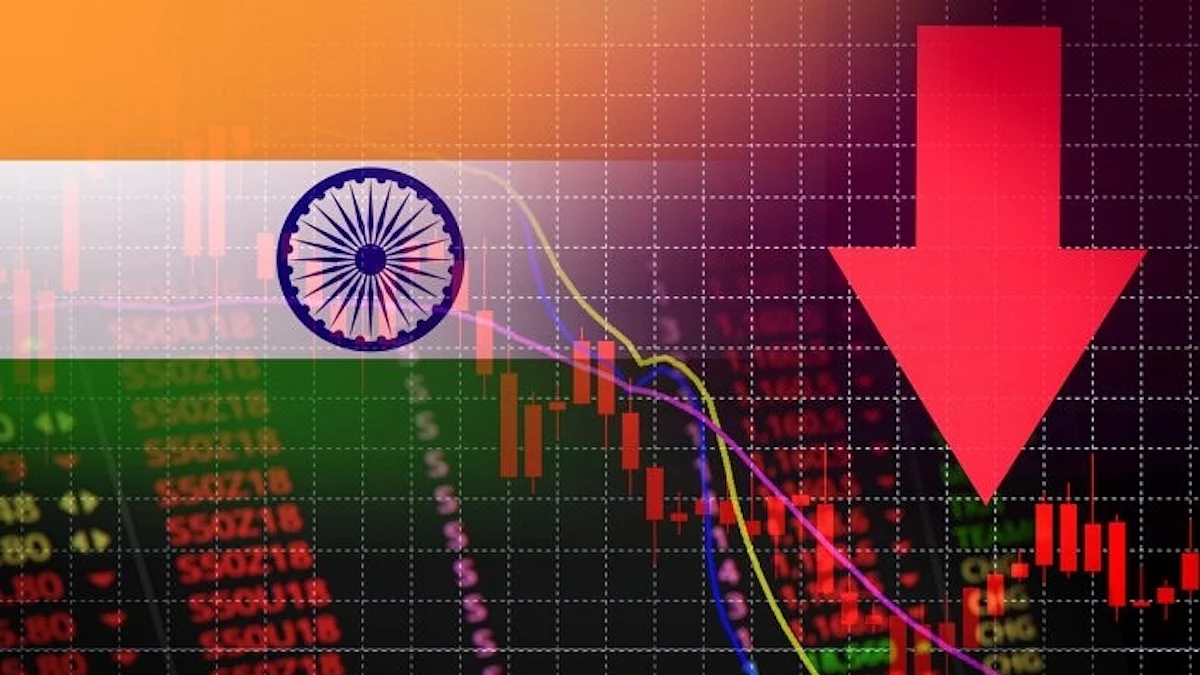The World Bank has reduced India’s growth forecast for this year to 6.5%.

For the fiscal years 2022–2023, the World Bank today forecast an increase in the Indian economy’s growth rate of 6.5%, down 1% from its prior predictions in June 2022 due to a worsening global economic climate.
However, the Bank stated that India is recovering more quickly than the rest of the globe in its most recent South Asia Economic Focus, which was published ahead of the annual meeting of the International Monetary Fund and the World Bank. The Indian economy expanded by 8.7% the year before.
According to Hans Timmer, the World Bank’s chief economist for South Asia, “the Indian economy has done well compared to the other nations in South Asia, with reasonably robust growth performance, rebounding back from the steep contraction during the first phase of COVID.”

He asserted that the benefits of not having a big foreign debt, the absence of associated problems, and a solid monetary policy had allowed India to do rather well. The Indian economy has done exceptionally well thanks to the services sector, particularly service exports.
“The international situation is getting worse for India and other nations, thus we have reduced the prediction for the fiscal year that just began. “We notice a type of turning point and the beginning of global slowing down in the middle of this year,” he said. He predicts that the second half of the year will be weak in India, as it is in many other countries. Timmer claimed there were two key reasons behind this. One is the slowdown of actual economic growth in high-income nations.
The other is the global tightening of monetary policy, which tightens financial markets and discourages investment not just by causing capital outflows from many developing nations but also by raising interest rates and creating more uncertainty there. “India has therefore performed rather well. It is less exposed than some of the other nations. But the weather is still bad. “In answer to a query, the increased commodity prices and current challenges must be navigated by it (India)”.
According to him, India outperforms the rest of the world because it has stronger safety nets, notably large central bank reserves. That is incredibly helpful. The administration, he claims, has dealt with the COVID crisis quite efficiently. The Indian government has set a good example by incorporating digital principles into social safety nets. “In my judgement, they are presently reaching close to a million people. It’s a good response “He continued.
He said that he does not support all of the Indian government’s policies at the same time. “In particular, their response to the high commodity prices may appear sensible in the short term, but it might have unintended long-term consequences. For instance, the export restrictions on rice and wheat, as well as the extremely high export duties on rice.
They appear to be making sense by assuring local food security, but in reality, this just exacerbates the situation for the rest of the world and the region. As a result, not all measures are perfect, but according to Timmer, there has been a major reaction to the crisis in terms of relief programmes, strong monetary policies, and a general shift toward a more business-friendly atmosphere. In answer to a question, he emphasised that India needs to address some of the most pressing concerns.
“Even if we see a growth rate that is generally positive, just a tiny portion of the economy is supporting this expansion. “It sounds fantastic, but if it isn’t based on a much wider base, then the growth rate of a relatively tiny portion of the economy doesn’t translate into a meaningful increase in household income,” he added. Timmer emphasized that just 20% of women are actively engaged in the labor force.
“There is a problem there that has to be solved. Simply expanding your social security system won’t fix it. That’s significant. In the end, individuals should be given the means to support themselves, “said he. “The government was not ready to withstand all the shocks that we are experiencing in the area, as we have seen in the region and to some extent in India as well. The COVID shock, the conflict in Ukraine, the commodity prices, and finally the environmental calamities are all once-in-a-lifetime shocks that occur one after the other, “explained he.
The populace and the government are both ill-equipped to handle that. He asserted that this is the case because far too few people are actively engaged in the economy, adding that improving this situation is a top priority for India. “The current large corporations are the emphasis in India. The FDI is the focus. And all of it is excellent. Social safety nets are the main topic. That’s also excellent. But it’s insufficient. “More people must be included in the economy,” Timmer said.
The service industry in India
According to the Globe Bank, “India’s services exports have recovered more strongly than those of the rest of the world,” and “the nation’s significant foreign reserve buffers have provided resilience to the country’s external sector.”
According to the World Bank, rising finance costs and greater uncertainty would certainly stifle India’s private investment development. It was said that by generating new employment and streamlining company transactions, the continued simplification of several business rules would aid in easing the changeover. Although it shrank sequentially as compared to the prior quarter, India’s GDP is expected to have grown by 13.5% in the June quarter of FY23.
The World Bank stated that the relaxation of COVID regulations and an increase in domestic demand, notably for contact-intensive services as the COVID danger declines, are two factors contributing to India’s economy’s ongoing development. According to the research, employment in India has been growing month over month since March, but the pace of recovery was gradual until August when it outpaced that of the rest of the globe.
According to the research, “Demand for the rural labour programme is high, and India’s overall employment index is improving month by month, although at a slower rate than the rest of the world outside of Asia.” India saw fairly small exchange rate pressures, especially when compared to the currencies of its trading partners, and its dollar exchange rate fell as the US dollar rose, according to the World Bank.
The balance of payments is less tense when exchange rate changes are relatively smooth because cheaper local items and more expensive imports help close trade deficits. However, a sharp devaluation can fuel inflation through imports and drive up the cost of borrowing locally for foreign debt repayment, it was stated. According to the report, India’s ban on the export of broken rice is anticipated to have an impact on about one-fifth of the country’s rice exports, which could cause supply concerns around the world and allow rival exporters (such as Thailand and Vietnam) to raise prices, contributing to global food inflation.
According to the World Bank, India’s budget deficit is anticipated to steadily decrease because of increased income growth and lower spending. In India, it is expected to account for 9.6 percent of GDP in FY22 before falling to 8.4 and 7.9 percent in FY23 and FY24, respectively.
India’s services sector activity hit a six-month low in September as new business inflows increased at the weakest rates since March under inflationary pressures and competitive circumstances. The S&P Global India Services PMI Business Activity Index (which is seasonally adjusted) dropped from 57.2 in August to 54.3 in September, indicating the slowest rate of increase since March.
The services sector’s output climbed for the seventeenth month in a row. A Purchasing Managers’ Index (PMI) score of more than 50 implies expansion, while a score of less than 50 suggests recession. “The Indian service sector has overcome various obstacles in recent months,” says Pollyanna De Lima, Economics Associate Director at S&P Global Market Intelligence, “with the latest PMI data continuing to reflect a good performance despite some loss of growth momentum in September.”
Due to ongoing geopolitical unrest and aggressive global monetary policy tightening, the Reserve Bank of India (RBI) has lowered its outlook for economic growth for the current fiscal year from 7.2% to 7%. The RBI revised its estimate of GDP growth in April from 7.8% to 7.2%. In the first quarter of FY ’23, real GDP increased by 13.5%, surpassing the pre-pandemic level by 3.8%. A strong rise in private consumption and investment demand drove this.
In addition, a leading UN body predicted that India’s economic growth will slow this year to 5.7% from 8.2% in 2021 due to greater financial costs and lower public spending. “Among the G20 countries, India’s economic growth in 2021 will be the highest, at 8.2%.” The study stated that when supply chain problems subsided, domestic demand increased, turning the current account surplus into a deficit, and GDP slowed.
edited and proofread by nikita sharma




